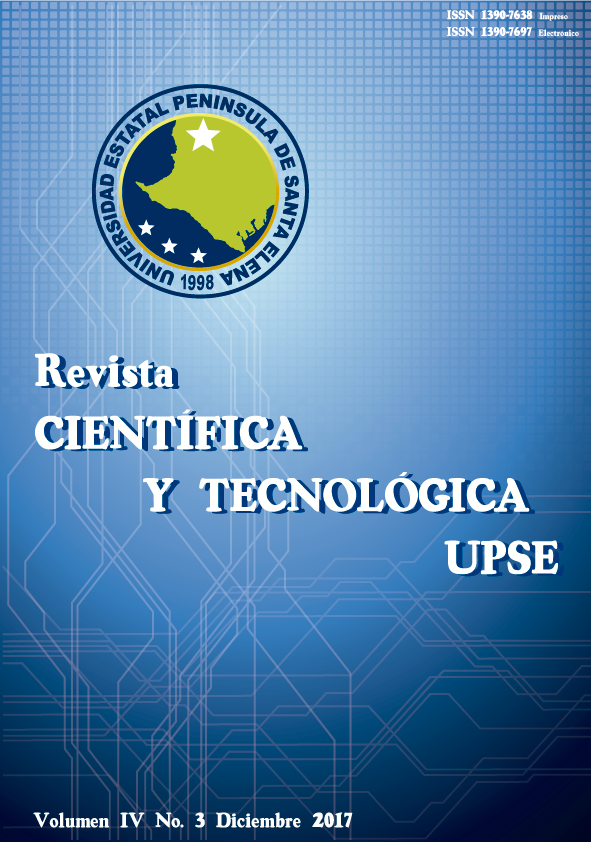Evidence of rhizobium inLeucaena leucocephalanodules (Lam.), Usingphysicochemical culture techniques and scanning electron microscopy (SEM)
DOI:
https://doi.org/10.26423/rctu.v4i3.292Keywords:
Rhizobia, Leucaena leucocephala, Scanning Electron Microscopy (SEM),, Gram negativeAbstract
Leucaena leucocephala L., is a Fabaceae with multipurpose agroforestry potential in Asia and Africa, while in Mesoamerica, where it originates, it is usually treated as a weed for cutting firewood and charcoal. Their study establishes that they are excellent producers of biomass in times of drought and how all legumes enter into symbiosis with their rhizobial hosts to fix nitrogen in the soil. In order to identify and characterize the presence of end ophytic bacteria within L. leucocephala nodules, yeast, Mannitol, Congo Red Agar (LMRC) culture techniques, Gram stain tests, catalase, growth rate were used. colony morphology, acid production and growth in sodium chloride of isolates; complemented with scanning electron microscopy (SEM) techniques. The presence of bacteria inside the nodular roots and in vitro culture was evidenced, collected in the practice campuses of the Península de Santa Elena State University (Santa Elena province, Ecuador). All the bacteria presented phenotypic and biochemical characteristics assigned to the group of rhizobia in their interaction with a wild legume little studied and exploited in the area.
Downloads
Downloads
Published
Issue
Section
License
El titular de los derechos de autor de la obra, otorga derechos de uso a los lectores mediante la licencia Creative Commons Atribución-NoComercial-CompartirIgual 4.0 Internacional. Esto permite el acceso gratuito inmediato a la obra y permite a cualquier usuario leer, descargar, copiar, distribuir, imprimir, buscar o vincular a los textos completos de los artículos, rastrearlos para su indexación, pasarlos como datos al software o usarlos para cualquier otro propósito legal.
Cuando la obra es aprobada y aceptada para su publicación, los autores conservan los derechos de autor sin restricciones, cediendo únicamente los derechos de reproducción, distribución para su explotación en formato de papel, así como en cualquier otro soporte magnético, óptico y digital.












